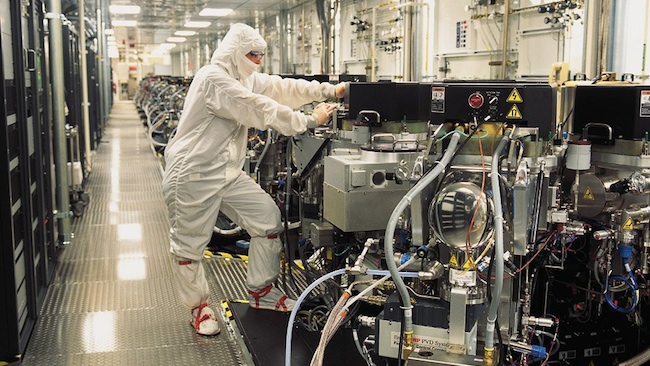TSMC, which stands for Taiwan Semiconductor Manufacturing Company, is the company that makes the chips that companies like Qualcomm and NVIDIA design. Last week they demoed a dual core ARM Cortex A9 chip that was built on their 28 nanometer process hitting 3.1 GHz. Unlike the chip that’s inside your smartphone, this 3.1 GHz monster had to be aircooled. Why would TSMC bother showing this thing off? To show the world what’s possible. Will such an insanely fast chip ever ship inside a smartphone or tablet? If it requires a heatsink with a fan on it, what do you think?
The bigger question is what should you be exited about: more cores, higher clock speeds, or new architectures? NVIDIA has been throwing an incredible amount of money at trying to convince people that quad core is the way to go, yet benchmarks show that Qualcomm’s dual core S4 Snapdragon is roughly equal to the Tegra 3, and better yet it even uses less power. Why? The Tegra 3 is built on a 40 nanometer process and uses the ARM Cortex A9 CPU, while Qualcomm uses 28 nanometer technology and they have a processor that they designed themselves called Krait. It’s faster than the A9, but not as fast as the upcoming A15.
When are devices with Cortex A15 processors going to come out? The first half of 2013 if everything goes to plan. How fast is the A15 compared to the A9? Theoretically speaking, an A15 running at 1 GHz is 40% faster than a similarly clocked A9, which proves the point that at the end of the day you shouldn’t care about the number or cores your chip has, or how fast said cores are clocked. You should pay attention to the architecture of the cores.
Expect to hear more about the A15 towards the end of this year or early 2013.
